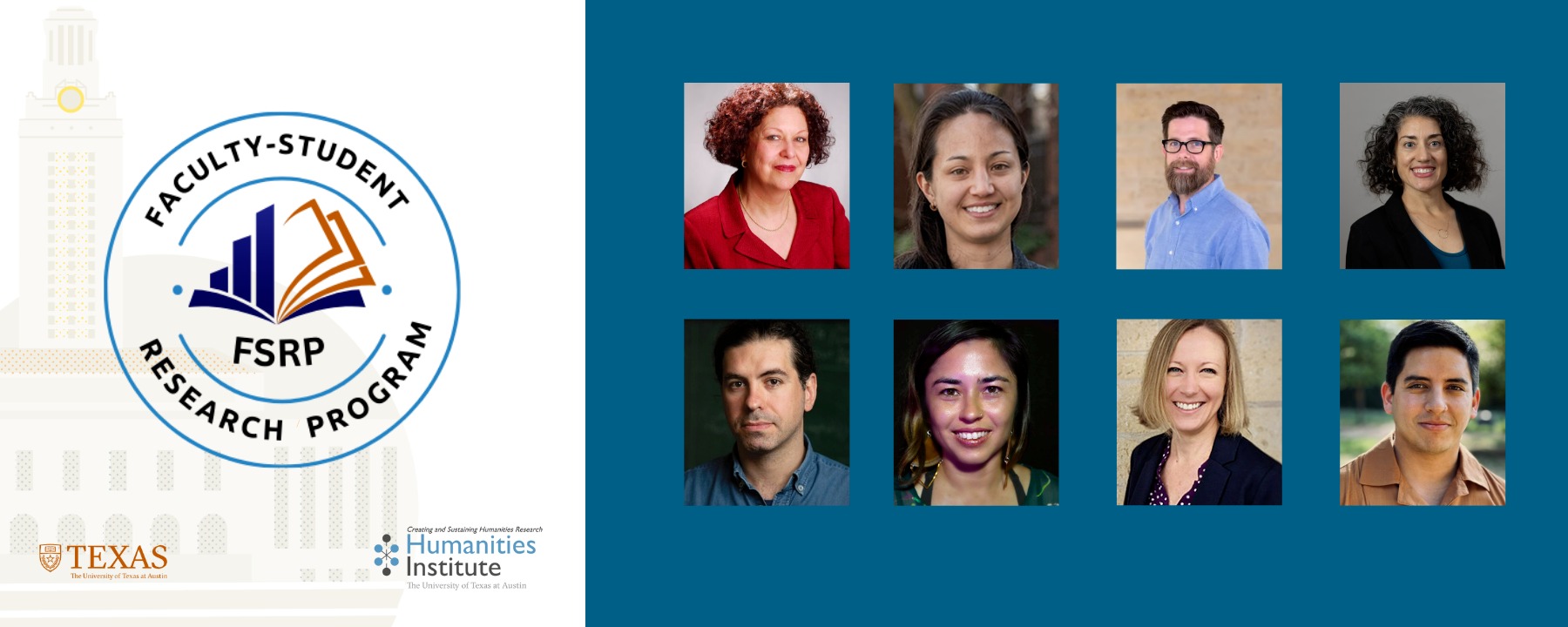2025-2026 Faculty-Student Research Partnership Program (FSRP)
The Humanities Institute proudly introduces the 2025-26 Faculty-Student Research Partnerships Program members.
By the numbers: Explore the eight (8) outstanding projects, representing three (3) schools/colleges, and eight (8) departments/Units.
The FSRP aims to foster partnerships between faculty and students, advance research, and enhance skills. Each faculty member selects students to work on mutually beneficial projects. The following Faculty members are participating in the Faculty-Student Research Partnership Program (FSRP), hosted by the Humanities Institute within the College of Liberal Arts.
Mounira Maya Charrad
Associate Professor; MES & MELC GSC, Sociology | College of Liberal Arts | The University of Texas at Austin
Student Researcher, Allison Lang, Graduate Student
Project Name: "NAVIGATING: How Feminists Survived Autocracy and Islamic Resurgence in Tunisia, 1970s-2010s."
Brief Project Summary: I am completing a book with the working title of "NAVIGATING: How Feminists Survived Autocracy and Islamic Resurgence in Tunisia, 1970s-2010s." How do feminists fight for universal women’s rights in an Islamic country under authoritarian rule? "Navigating Autocracy" highlights feminist activism uncommon in the contemporary Middle East. Featuring the strategies of a tight-knit network of secular, professional, upper-middle class, democratic women activists, the book shows how the network grew in the cracks of authoritarianism and succeeded in promoting women’s rights in Tunisia. Several chapters have been drafted. Collaboration with a student as part of the FSRP program will enhance the process of bringing the book to completion.
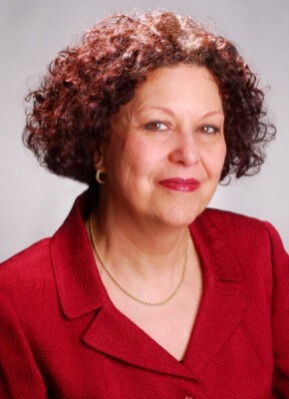
Photo Credit.
Mallory Matsumoto
Assistant Professor, Religious Studies | College of Liberal Arts | The University of Texas at Austin
Student Researchers, Astrid Liu, and Kelsey Kovachev, Undergraduate Students
Project Name: Ethnohistorical project
Brief Project Summary: This ethnohistorical project will use archival sources to reconstruct social networks between Indigenous Maya families in colonial-period Guatemala (ca. 1550-1750). Indigenous sociopolitical structures were severely disrupted by a combination of disease, military invasion, political subjugation, and evangelization in the years following the first Spaniards’ foray into Guatemala in 1524. As a result, Maya communities found themselves having to rebuild their social networks using the resources available to them in the new colonial society, but we know very little about how this process actually happened or what it looked like on a local scale. The research in Fall 2025 will build on prior work gathering data from colonial population records to inform later analysis of processes of Indigenous community (re-)building.
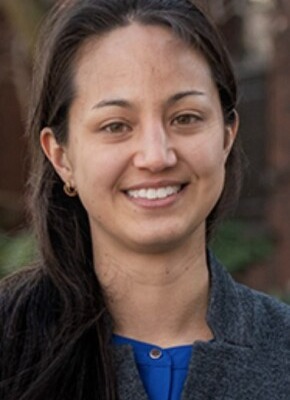
Photo Credit.
Bryan Norwood
Assistant Professor | School of Architecture | The University of Texas at Austin
Project Name: The agenda of a “New South."
Brief Project Summary: The agenda of a “New South,” a term coined in 1874 by the editor of the Atlanta Constitution and now commonly used to describe a historical period stretching roughly from the 1870s to the 1930s, was to embrace the promises of development. While much has been written by historians about the political, social, and economic transformations of the US South during this period, less has been said about its built environments. Constructing the New South, which will be launched as a digital open-access database and website in 2027 by the UT Austin School of Architecture’s Center for American Architecture and Design, will explore the architectural history of this time through a unique and understudied resource: the journal Southern Architect and Building News (SABN), published from 1889 to 1932. The roughly 240 issues of SABN held by the Alexander Architectural Archives at UT have recently been digitized. Over the past year, I have acquired digitized copies of more than 300 additional issues from other archives. Working with two student research assistants this past summer, we began to catalogue key people, companies, buildings, and other themes that stretch across the corpus of SABN. We did this using the software From The Page. This summer, I will be working with the School of Architecture’s library to build an interactive website based on ArcGIS Storymaps, which will present the From the Page database (and related Wikidata) through an interactive GIS map and online Encyclopedia.
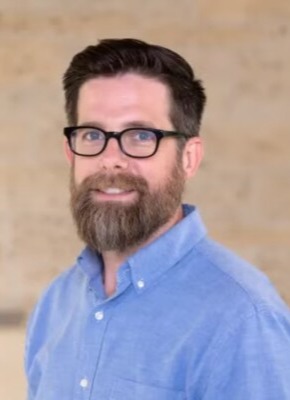
Photo Credit.
Samantha Pinto
Professor, English | College of Liberal Arts | The University of Texas at Austin
Student Researcher, Tasmuna Omar, and Quinn McGuinness, Undergraduate Students
Project Name: Reproductive health in the wake of changing laws in the state of Texas
Brief Project Summary: This project will look for patterns of thought and representation of reproductive health in the wake of changing laws in the state of Texas, especially how and where and from whom folks access reproductive health info across the state. It will also focus on analyzing mobile reproductive health apps and services across the globe to identify practices for accessing safe and accurate care and information about health and resources in rural or underserved areas.
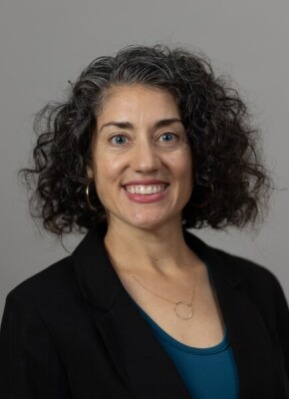
Photo Credit.
Sandro Sessarego
Professor; Associate Director of Undergraduate Studies (LLILAS), Spanish & Portuguese | College of Liberal Arts | The University of Texas at Austin
Student Researcher, Piero Visconte, Graduate Student
Project Name: The Atlas of Afro-Hispanic Languages
Brief Project Summary: The Atlas of Afro-Hispanic Languages is an ongoing initiative funded by the Alexander von Humboldt Foundation and led by Professor Sandro Sessarego, Principal Investigator. As part of this project, I am seeking to collaborate with a Ph.D. candidate who will serve as a student research partner, contributing to the documentation and linguistic analysis of Afro-Hispanic dialects in the Spanish-speaking Caribbean—particularly those spoken in Cuba, the Dominican Republic, and Puerto Rico. This project aims to enrich the descriptive, theoretical, and sociocultural understanding of historically marginalized and underrepresented speech communities by compiling and analyzing empirical data from these varieties. The broader objective of the Atlas of Afro-Hispanic Languages is to create a dynamic, open-access digital platform that supports both scholarly research and pedagogical engagement with Afro-Hispanic linguistics and cultural diversity. Featuring curated linguistic corpora, interactive dialect maps, phonological and morphosyntactic annotations, and cultural-historical context, the platform aspires to become a key resource for researchers, educators, and community stakeholders alike. Beyond filling a critical gap in the documentation of Afro-Hispanic varieties, this initiative offers a powerful pedagogical tool that fosters inclusive and decolonial approaches to the study of the Spanish language.

Photo Credit.
Laurel Mei-Singh
Assistant Professor of Geography and Asian American Studies | Geography and the Environment | College of Liberal Arts |The University of Texas at Austin
Student Researcher, Levina Parada, Graduate Student
Project Name: Documentary film, curriculum, and international conference scheduled for spring 2026
Brief Project Summary: This project is involves a documentary film, curriculum, and international conference in the spring of 2026. The graduate researcher will assist with the latter three pieces of the project.
1) The documentary focuses on a valley and adjacent beach in Hawai'i called Mākua. The US Army evicted residents from Mākua in 1941, days after the Pearl Harbor bombing. Seizing their land, they destroyed a ranching community thriving with crops, fishponds, cattle, pigs and goats. Resistance to ongoing evictions of houseless beach dwellers from the area in the 1980s and 1990s galvanized a local movement to restore Mākua and demand that the US military return this land. The Department of Defense’s lease for Mākua ends in 2029 and public support endures in Hawai‘i for her return. The film draws from the collective memory and expertise of Indigenous knowledge keepers invigorating activism for community redress more than eighty years after Mākua’s seizure, while contributing to a growing global conversation about the environmental devastation of war. 2) The curriculum supplements this film. 3) An international conference at UT Austin in April 2026 will convene scholars and organizers for vital conversations about the legacies of empire and pathways toward justice.
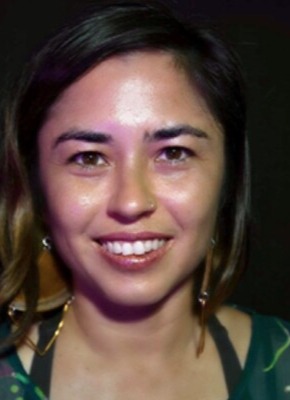
Photo Credit.
Amy Thompson
Assistant Professor Geography and the Environment | College of Liberal Arts | The University of Texas at Austin
Student Researcher, Wilhemina Colon Loder, Graduate Student
Project Name: Using Lidar to Evaluate Classic Maya Social Organization and Human-Environment Adaptions
Brief Project Summary: My project addresses the dynamic interplay between social organization and human-environment adaptions among ancient Maya cities. The Toledo region of southern Belize is characterized by distinct environments and topography including cayes and Caribbean Sea, coastal plains, foothills, and the Maya Mountains. Within the foothills and Maya Mountains, rivers incise the landscape, carving out river valleys. The Classic Maya (250-800 CE) settled all aspects of this landscape including the flat coastal plains, river valleys, and uplands in the foothills and Maya Mountains. My research project, the Toledo Regional Inequality and Archaeology Lidar Survey (TRAILS), recently acquired 325 km2 of airborne light detection and ranging (lidar) data with funding from the National Science Foundation. The goal of TRAILS is to use lidar data to remotely identify the location of ancient Maya households using GIS and assess how environmental variability impacts settlement selection choices and social organization among six ancient cities located in differing environmental zones. These cities include: Tiempe Ha (coastal plain, valley), Lubbantun (foothills, uplands), Tzimin Che (foothills, valley), Sand Creek (foothills, valley), Chac Bolai (mountains, valley), and Kan Tolai (mountains, uplands). TRAILS conducted archaeological pedestrian survey in 2024, covering 12 km2 of the landscape and mapping more than 200 new household groups comprised of more than 600 individual houses. With the initial survey and building on patterns from previous archaeology surveys from other cities in the Toledo region, my research project focuses on digitizing the location of ancient Maya houses and residential groups in the remainder of the TRAILS lidar data. Using these locations, we will geospatially model smaller social units including neighborhoods and districts in these cities, evaluating how environmental variability impacts social organization and settlement selection in ancient Maya cities and how the Maya adapted to different environmental settings.
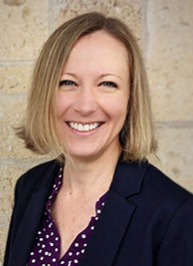
Photo Credit.
Enzo E. Vasquez Toral
Assistant Professor, Performance as Public Practice, Department of Theatre and Dance| College of Fine Arts | The University of Texas at Austin
Student Researcher, Ruth Emily Castillo-Espinoza, Graduate Student
Project Name: Folkloric Queens: Performing Queer and Trans Indigeneity in the Andes
Brief Project Summary:“Folkloric Queens: Performing Queer and Trans Indigeneity in the Andes” is a book that traces the ways Andean folkloric performance has been a platform for expression and resistance for queer and trans artists in contemporary Peru and Bolivia. This project offers a rearticulation of folkloric dance in relation to concepts such as gender, sexuality, and indigeneity and away from nationalistic imaginaries of cultural identity. This book includes case studies that center folkloric fiestas (festivals) in the Andes of Peru and Bolivia and particularly indexes material and embodied changes to folkloric danzas (dance-dramas) in relation to costuming, masking, and dancing. “Folkloric Queens” features ethnographic fieldwork, oral history, archival research, and photographic and video documentation. All data collection has been completed and the project necessitates at this stage a graduate research assistant towards the completion of a full manuscript draft.
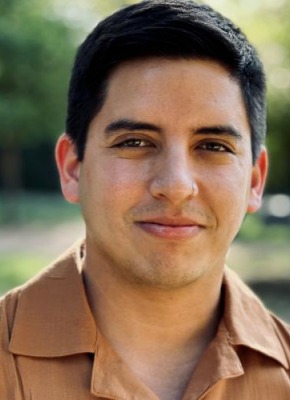
Photo Credit.

